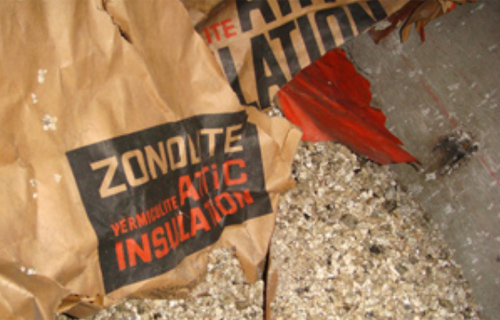The Most Dangerous Asbestos Products Which May Lurk in Your Home

Since asbestos use was regulated by law only from 1980 on, asbestos-containing materials still may be found today in anyone's home. Even after applying the hazardous material became more strictly regulated and subsequently banned in the US, products made with this toxic mineral were on the market long after.
The dangerous material was commonly used for strengthening cement and plastic, fireproofing and insulation, as well as for ceiling and floor tiles, roofing, paint, adhesives, vehicle brake shoes, and clutch pads. Until the early 1970s, the health risks associated with asbestos exposure were unknown. However toxic, not all asbestos is dangerous to human health. Depending on how easily it breaks down into its fibers, asbestos-containing products divide into two groups:
- Friable. This term refers to materials easily broken and turned into powder when dry, even by hand. Friable materials can release high levels of asbestos in the air if damaged or disturbed, putting people at risk of developing serious health conditions. This category of asbestos-containing materials includes products such as boiler insulation and pipe lagging.
- Non-friable. Also known as "bonded," a strong bond between the asbestos fibers and the matrix of the material characterizes these asbestos products. Unlike friable asbestos materials, non-friable products that contain asbestos are less likely to release dangerous concentrations of toxic fibers in the air and pose a significantly lower risk to people's health. Some examples of non-friable asbestos-containing materials are floor tiles, cement sheets, and roofing products.
However, whether friable or non-friable, asbestos-containing materials become harmful only if damaged or disturbed. When they are in good condition, asbestos products entail a low risk of exposure.
The most harmful asbestos products in houses
Thanks to its strength and heat resistance, asbestos has been used for various applications, especially construction materials. Therefore, it can be found in many houses built before the 1980s, when the government did not regulate its use. The most dangerous products that might be present in old U.S. homes are:
- Fireproofing and fire prevention materials. Its heat and fire resistance has made asbestos a popular choice in fire-resistant construction materials. It was used as a cheap additive to create various inexpensive materials, including concrete, roofing shingles, and wallboard. Asbestos-containing fireproofing spray is very dangerous, as it becomes friable when it dries out and can easily lead to exposure.
- Insulation. The greatest source of exposure, asbestos insulation, is a toxic product that can still be found in many homes' walls, attics, and basements. Various types of insulation may be present in homes, such as loose-fill, wrappings, block, and spray-on insulation. Zonolite insulation is, however, one of the products that causes extensive asbestos exposure. It is made of vermiculite and can still be found in the attics of more than 20 million homes.
- Felt in roofing and flooring. Asbestos felt was widely used during the 20th century and consequently, many inhabitants were exposed to it. Felt used to be made out of synthetic fibers, but asbestos's soft and fibrous consistency took over the construction market until its high toxicity was discovered.
Safe asbestos removal
Knowing how to remove asbestos from your home is highly important to avoid accidental exposure. If you have asbestos-containing products in your house and notice signs of severe damage, we recommend you contact a certified asbestos removal company to help you with the troublesome materials. Moreover, you can check out this guide on recognizing asbestos-containing products in your house, providing a useful list of asbestos removal companies.
